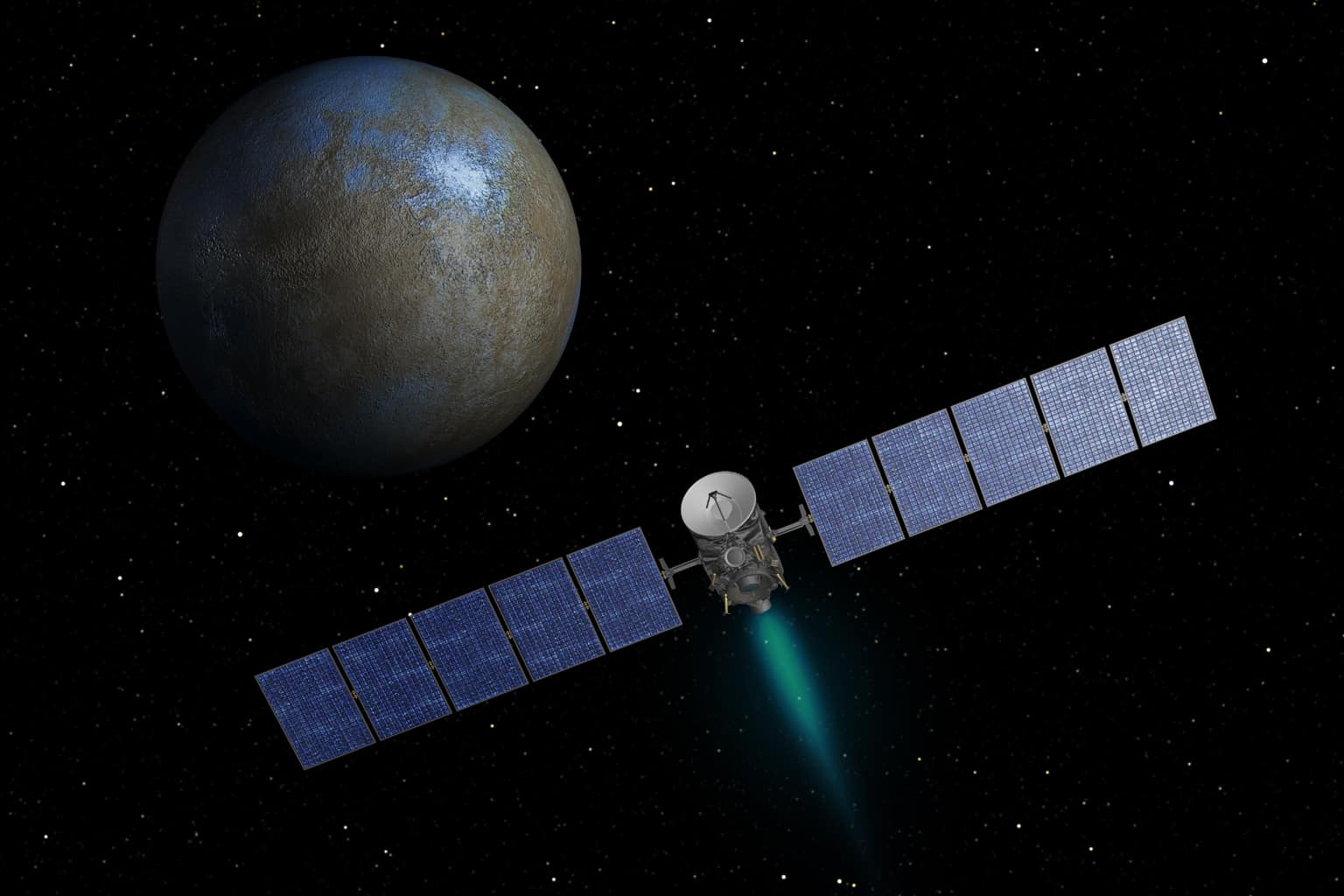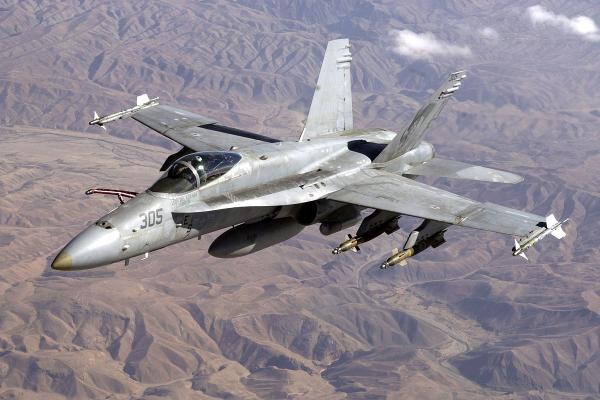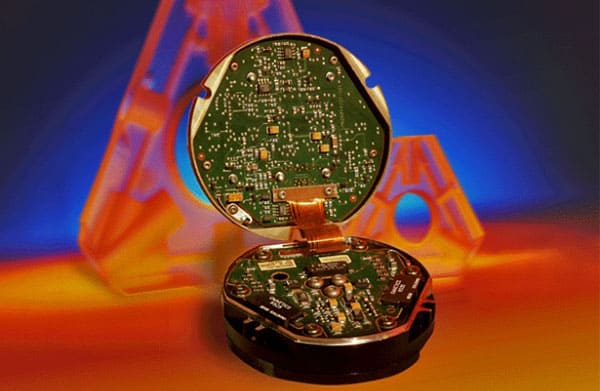Author – James Barnett. INS System Engineer
When our engineers came to select the ring laser gyros (RLGs) and accelerometers for our hybrid acoustic inertial navigation product family, inertial sensor manufacturer Honeywell was at the top of the list.
Each SPRINT uses three Honeywell GG1320AN digital RLGs and three QFLEX accelerometers. Honeywell began production of the GG1320AN digital ring laser gyro in 1995. Since then, more than 350,000 RLGs have been produced for a broad range of applications.

Out of this world performance
The GG1320AN today is the standard navigation gyro in almost all commercial air transport and business aircraft. It is also utilised on many defence aircraft and surface vehicles, including high shock/vibration systems. In addition, the GG1320AN is used for launch vehicles and satellite navigation; the recent Rosetta spacecraft to the Comet 67P/Churyumov-Gerasimenko was guided by Honeywell’s 1320AN-based system.
15 years of field data
But just how reliable are GG1320AN sensors? Well to find out, Honeywell initiated a life program more than 15 years ago. Since then, extensive analysis of gyro field data has been carried out and a detailed physics life model has been developed for the GG1320AN. Much of the field data is based on civilian aircraft usage where gyros are operated for extensive periods of time in a somewhat determined temperature environment.
Based on this fielded data, as well as life data taken on in-house gyros under long term test, Honeywell are confident that GG1320AN RLGs produced today will have lifetimes, on average, of greater than 100,000 hours when operated at approximately 40°C or lower.

Civilian aircraft usage of GG1320AN has also given Honeywell an excellent opportunity to measure the random failure rate (different from longevity or wear-out life) of gyros in inertial systems. A recent analysis of commercial aircraft supports a mean time between failure (MTBF) in excess of 400,000 hours for the GG1320AN to complement the > 100,000 hour lifetime.
Like Sonardyne, sensor life is a parameter Honeywell is focused on. With the GG1320AN, the company has confidently state life simply because of the number of devices in the field – something that many of their competitors cannot claim.

Often, inertial sensor life claims are based on component testing and then extrapolating to the sensor itself (e.g. testing optical components such as fiber, or light source, or couplers for a FOG). However, based on their own experience with RLG, IFOG (Honeywell build IFOG products for the Space trategic markets) and MEMS inertial sensors,
Honeywell consider that extrapolation of component life studies to the sensor itself is somewhat risky.
We also use the QFLEX accelerometer inside SPRINT. An equivalent of which is supplied by Honeywell for commercial aircraft with the number of fielded devices being very similar to the GG1320AN devices.
At 436,000 hours, MTBF for the QFLEX accelerometer is equally impressive with very few returns of accelerometers being seen over the life of an aircraft – typically 25 years. These sensors provide an unparalleled mix of technical performance, proven reliability & longevity and low cost of ownership from aerospace to subsea.
So next time you’re on flight, remember that the sensors helping to navigate your aircraft, are also perfect for flying your subsea vehicles.

